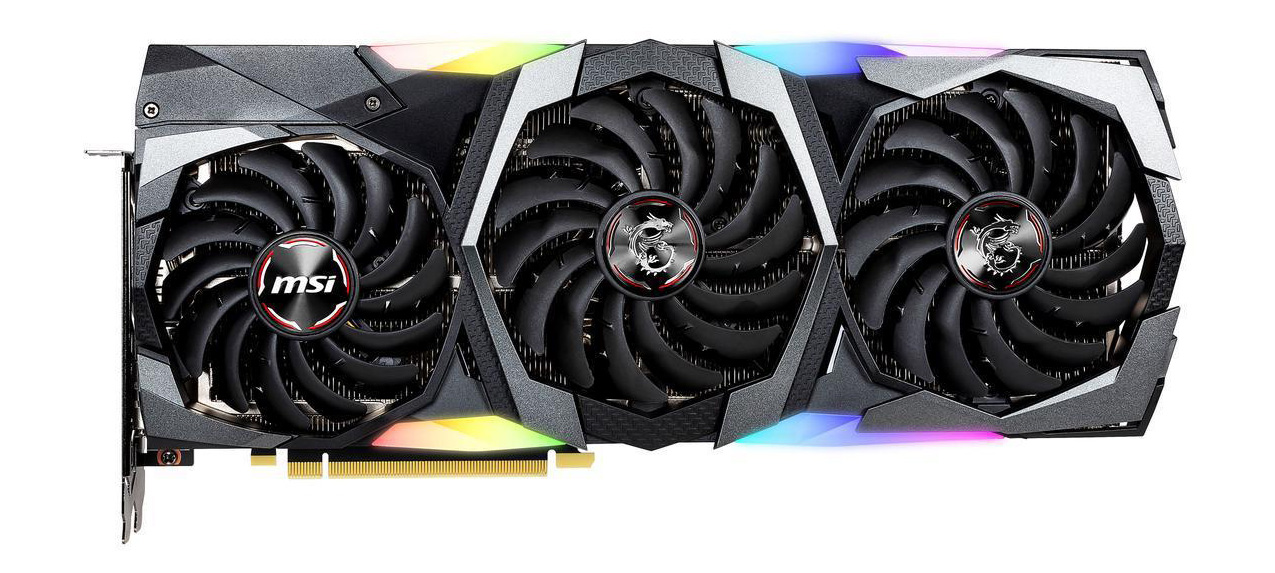Tech Versum: Explore the Future of Technology
Dive into the latest trends and innovations in technology with Tech Versum.
GPU Secrets That Will Level Up Your Gaming Experience
Unlock GPU secrets to transform your gaming experience—boost performance, stunning visuals, and ultimate gameplay. Dive in now!
Unlocking the Power of Ray Tracing: How GPUs Transform Your Gaming Experience
Unlocking the Power of Ray Tracing has revolutionized the gaming industry by enhancing the realism and immersion of virtual environments. At its core, ray tracing simulates the way light interacts with objects in a scene, allowing for stunning reflections, shadows, and highlights. Unlike traditional rasterization techniques, which approximate lighting, ray tracing provides a level of detail that brings games closer to photorealism. This transformation is largely powered by advanced GPUs that are specially designed to handle these complex calculations in real-time, enabling players to experience breathtaking graphics without sacrificing performance.
As GPUs continue to evolve, the integration of ray tracing technology is becoming more accessible, pushing the boundaries of what is possible in gaming. Developers are now adopting this technique to create immersive worlds that captivate players. For example, ray tracing can enhance the visual quality of water, making it appear more lifelike with accurate reflections of the surrounding environment. Moreover, this technology contributes to more dynamic lighting scenarios, creating both eerie atmospheres and vibrant landscapes. In summary, by unlocking the power of ray tracing, GPUs are transforming the gaming experience into an art form that not only entertains but also inspires awe.

Top 5 GPU Settings Every Gamer Should Master for Optimal Performance
Mastering GPU settings is crucial for every gamer seeking to optimize their gaming experience. To ensure that you achieve the best performance, the first setting to focus on is V-Sync. This option helps eliminate screen tearing by synchronizing the frame rate of the game with your monitor's refresh rate. However, turning it off can improve frame rates in certain scenarios, especially in fast-paced games. Another essential setting is Anti-Aliasing, which smooths out jagged edges. While it enhances visual quality, it can be resource-intensive, so find a balance that works for your rig.
Next on the list is Texture Quality, which determines how detailed the surfaces in-game appear. Always select the highest texture quality your GPU can handle without compromising frame rates. Additionally, adjust the Render Distance settings in open-world games, as this controls how far your game renders ahead. Lastly, consider Frame Rate Limiting to cap your max frame performance, preventing your GPU from overheating while maintaining a stable and smooth gaming experience. Mastering these five GPU settings can significantly enhance your overall gaming performance.
What to Look for in a GPU: A Comprehensive Guide for Gamers
When selecting a graphics processing unit (GPU) for gaming, it's essential to evaluate several key factors that will affect your overall experience. First and foremost, consider the performance metrics such as frame rates and resolution capabilities. Look for GPUs that can handle modern games at your desired settings, ideally those with higher VRAM (Video Random Access Memory), as this will help in delivering a smoother gaming experience. Additionally, assess the cooling solution; effective thermal management will ensure your GPU runs at optimal temperatures even during intense gaming sessions.
Another critical aspect is compatibility with your existing hardware. Ensure the GPU fits your motherboard's PCIe slot and that your power supply can support its power requirements. Furthermore, consider the form factor of the GPU, as larger models may not fit in smaller cases. Lastly, don’t overlook the manufacturer’s reputation and warranty options, as these can provide peace of mind and support should any issues arise. Taking these factors into account will help you choose the best GPU for your gaming needs.